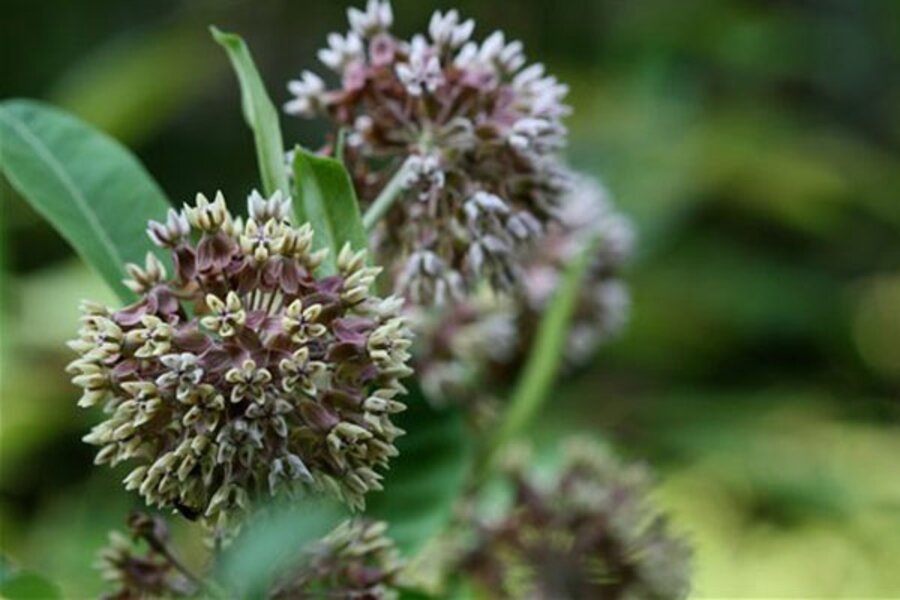Native plants that attract butterflies, hummingbirds, and bees
Loading...
Attracting a steady population of birds, butterflies, and other watchable wildlife to your yard is a matter of providing habitat – a combination of food, water, and cover. (Read an article about it by clicking here.)
The challenge comes in finding the right plant partners. Different plants draw different wild creatures:
Birds are attracted to plants and shrubs that produce seeds, berries, and fruit.
Butterflies and moths, bees and hummingbirds look for plants that provide pollen and nectar.
Insect pollinators favor plants with broad leaves for laying their eggs and then providing forage for their hungry larvae.
Here are some native plants preferred by:
Adult butterflies: nectar and pollen from common milkweed (Asclepias syriaca), wild onions (Allium), purple coneflowers (Echineacea purpurea), wild blue phlox (Phlox divaricata), prairie clover (Petalostemum candidum), black-eyed susans (Rudbeckia hirta), showy goldenrods (Solidago speciosa), prairie spiderwort (Tradescantia bracteata), and sky blue asters (Aster azureus), among a host of others.
Butterfly and moth larvae: violets, milkweed, butterfly weed, sheep sorrel, and grapes, among others. Also consider planting tulip poplar, aspen, oak, maple, and willow trees.
Hummingbirds: columbine (Aquilegia canadensis), cardinal flower (Lobelia cardinalis), larkspurs (delphiniums), milk vetch (Astragalus canadensis), and harebell (Campanula rotundifolia).
Bees: Brightly colored blooms – grow white, yellow, and blues rather than red, which entomologists believe bees can't see. Try clover, lupine, sunflowers, yarrow, poppies, purple coneflowers, and coreopsis.
___
On the Net:
The Lady Bird Johnson Wildflower Center
Editor’s note: For more on gardening, see the Monitor’s main gardening page, which offers articles on many gardening topics. Also, check out our blog archive and our RSS feed. You may want to visit Gardening With the Monitor on Flickr. Take part in the discussions and get answers to your gardening questions. If you join the group (it’s free), you can upload your garden photos and enter our contests.





